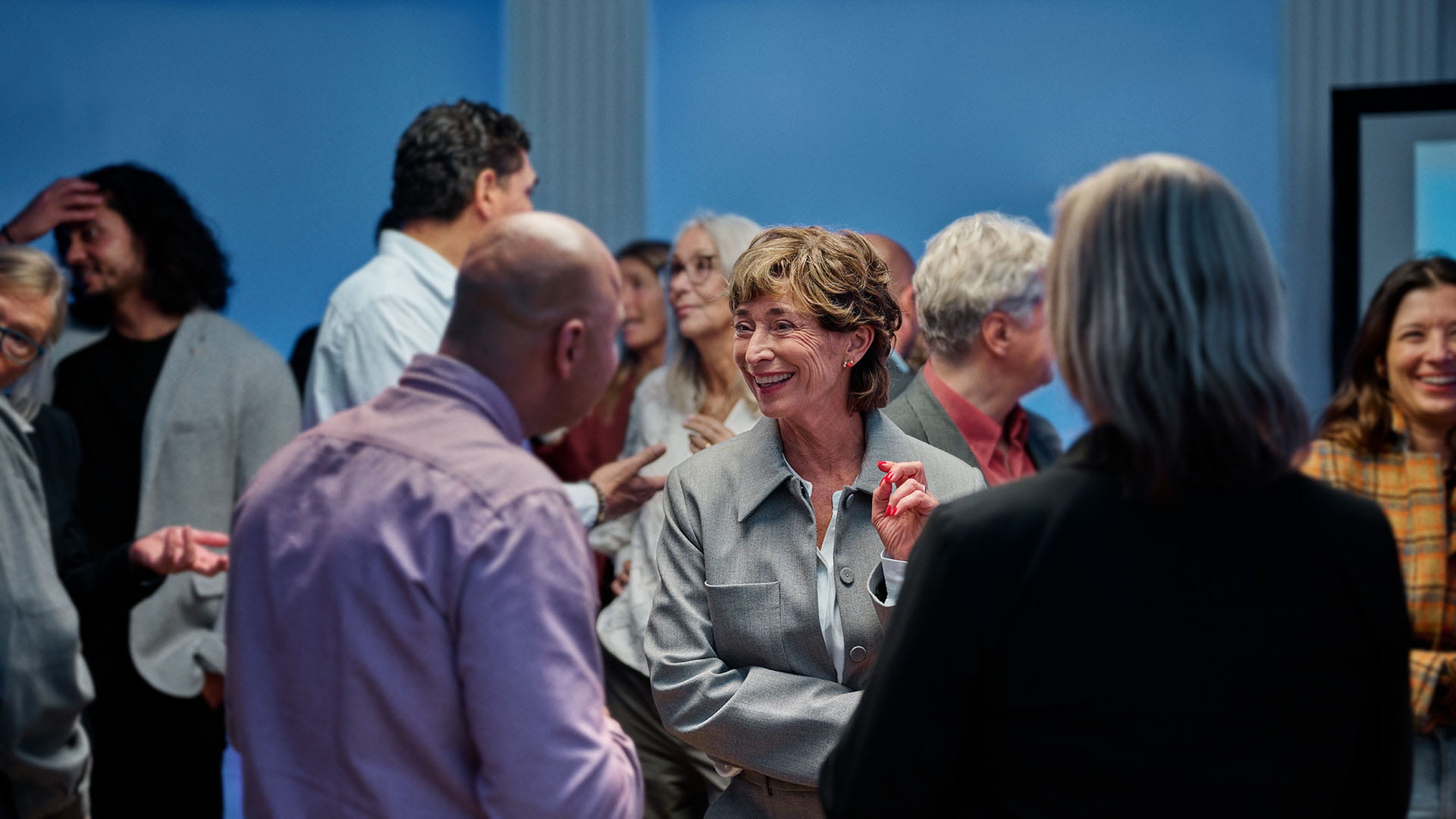Folkeard P., Jensen N.S., Kamkar Parsi H., Bilert S. & Scollie S. 2024. Hearing at the Mall: Multibeam Processing Technology Improves Hearing Group Conversations in a Real-World Food Court Environment. American Journal of Audiology, 33, 782-792.
Jensen N.S., Høydal E.H., Branda E. & Weber J. 2021. Improving speech understanding with Signia AX and Augmented Focus. Signia White Paper. Retrieved from www.signia-library.com.
Jensen N.S., Mohnlein-Gilbert K., Wilson C., Berwick N., Kamkar Parsi H., et al. 2024a. Signia IX with pioneering multi-stream technology delivers 22% better speech understanding in noisy group conversation than a competitor with an AI co-processor-driven platform. Signia White Paper. Retrieved from www.signia-library.com.
Jensen N.S., Samra B., Kamkar Parsi H., Bilert S. & Taylor B. 2023a. Multi-Stream Architecture for Improved Conversation Performance. Hearing Review, 30(10), 20-23.
Jensen N.S., Samra B., Kamkar Parsi H., Bilert S. & Taylor B. 2023b. Power the conversation with Signia Integrated Xperience and RealTime Conversation Enhancement. Signia White Paper. Retrieved from www.signia-library.com.
Jensen N.S., Wilson C., Kamkar Parsi H., Samra B., Hain J., Best S. & Taylor B. 2024b. Signia IX delivers more than twice the speech enhancement benefit in a noisy group conversation than the closest competitors. Signia White Paper. Retrieved from www.signia-library.com.
Korhonen P., Kuk F., Slugocki C. & Peeters H. 2025. Conversations in Noise: Multi-Stream Architecture vs. Deep Neural Network Approach to Hearing Aids. Hearing Review, 32(1).
Korhonen P. & Slugocki C. 2024. Augmenting Split Processing with a Multi-Stream Architecture Algorithm. Hearing Review, 31(5), 20-23.
Manchaiah V., Picou E.M., Bailey A. & Rodrigo H. 2021. Consumer Ratings of the Most Desirable Hearing Aid Attributes. Journal of the American Academy of Audiology, 32(8), 537-546.
Nicoras R., Gotowiec S., Hadley L.V., Smeds K. & Naylor G. 2023. Conversation success in one-to-one and group conversation: a group concept mapping study of adults with normal and impaired hearing. International Journal of Audiology, 62(9), 868-876.
Picou E.M. 2022. Hearing aid benefit and satisfaction results from the MarkeTrak 2022 survey: Importance of features and hearing care professionals. Seminars in Hearing, 43(4), 301-316.
Slugocki C., Kuk F. & Korhonen P. 2024. Using Alpha-Band Power to Evaluate Hearing Aid Directionality Based on Multistream Architecture. American Journal of Audiology, Early Online, 1-12.







